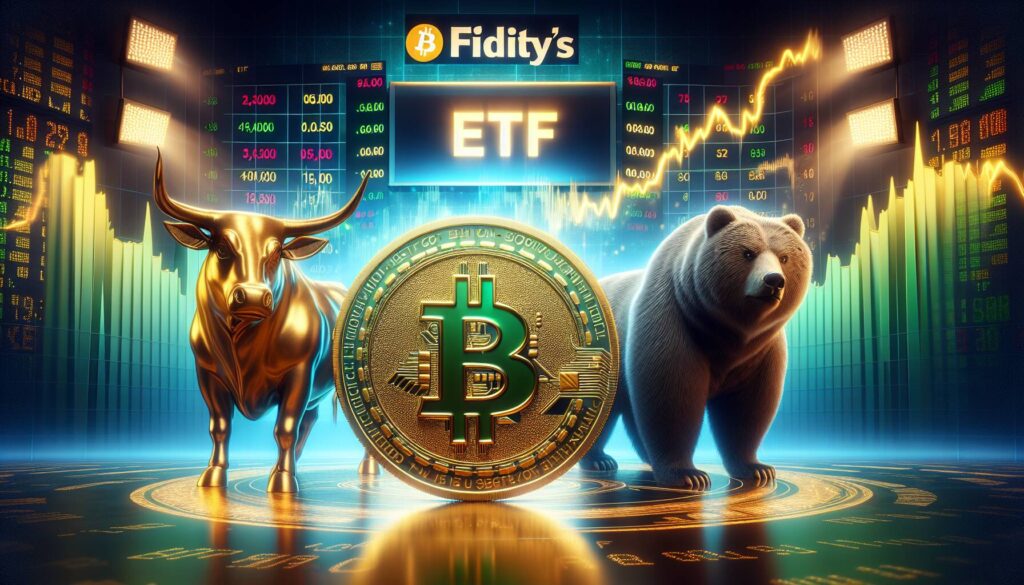In the ever-evolving landscape of cryptocurrency, opinions on emerging players and established networks are crucial for shaping market sentiments. Recently, Bitwise’s Chief Investment Officer, Matt Hougan, expressed an optimistic outlook on Solana, suggesting that it holds notable potential to capture a larger portion of the stablecoin and tokenization market. This perspective is significant, considering the growing interest in stablecoins as essential tools for both investors and everyday users in enhancing transaction efficiencies.
“Solana has good odds of winning a larger share of the stablecoin and tokenization market,” said Hougan.
As the cryptocurrency sphere continues to expand, platform performance, scalability, and transaction speeds are pivotal factors that investors are evaluating. Solana’s innovations in these areas position it as a strong contender amidst the competitive landscape. Furthermore, the increasing demand for tokenization solutions across various sectors creates an opportunity for platforms like Solana to leverage its technology effectively for market penetration.
This insight into Solana’s capabilities and opportunities contributes to the ongoing dialogue about the future of digital assets, particularly in the realms of stability and practical uses. Market participants keenly watch these developments as they could signal significant shifts in investment strategies and the overall dynamics within the crypto economy.
Solana’s Potential in the Stablecoin and Tokenization Market
Key points regarding Solana’s prospects in the financial ecosystem:
- Market Opportunity: Solana is positioned to capture a significant share of the growing stablecoin market.
- Tokenization Trends: The trend towards tokenization may benefit Solana due to its technological advantages.
- Expert Opinion: Insights from Matt Hougan of Bitwise highlight the increasing confidence in Solana’s capabilities.
- Impact on Financial Transactions: Enhanced efficiency in transactions could lead to wider adoption among users and businesses.
Investing in technologies like Solana could be crucial for individuals and organizations looking to thrive in the evolving digital economy.
Solana’s Competitive Edge in the Stablecoin and Tokenization Arena
The recent insights from Bitwise’s Matt Hougan highlight Solana’s potential to capture a significant portion of the stablecoin and tokenization market. In a landscape dominated by established players like Ethereum and Binance Smart Chain, Solana’s high throughput and low transaction fees present it as a formidable contender. This rapid scalability and efficiency make it particularly appealing for projects looking to issue stablecoins or tokenize assets without the delays and costs typically associated with other blockchain networks.
One of Solana’s competitive advantages lies in its robust ecosystem, which supports a variety of decentralized applications. This vibrant community fosters innovation and attracts developers, further enhancing its appeal in the burgeoning DeFi space. Additionally, the growing interest from institutional investors seeking exposure to projects with strong fundamentals could position Solana favorably compared to its rivals.
However, challenges remain. Solana’s network has faced issues related to stability and downtime, which could deter potential users and projects that prioritize reliability. If these concerns are not addressed, they could present significant hurdles in gaining trust among investors and developers alike, especially when pitted against more established blockchain networks that have a proven track record of security and uptime.
Entities exploring blockchain solutions may find Solana’s distinctive features beneficial, particularly startups aiming to launch innovative projects without the constraints of higher fees and slower transaction speeds. Conversely, this rise might pose competitive pressures for other platforms, compelling them to innovate more aggressively or even reconsider their transaction models to retain market share.















